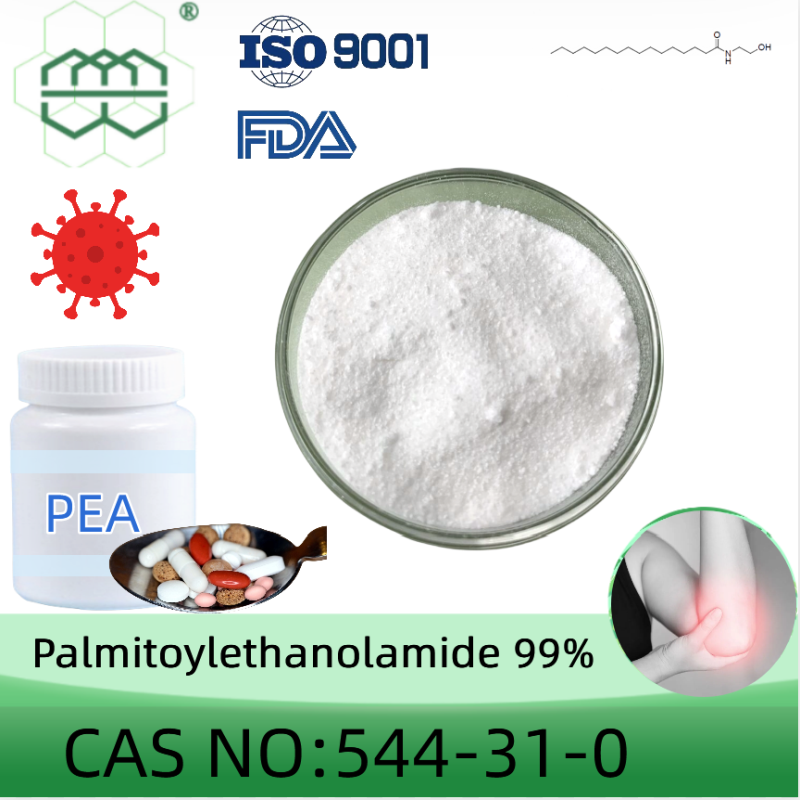-
Categories
-
Pharmaceutical Intermediates
-
Active Pharmaceutical Ingredients
-
Food Additives
- Industrial Coatings
- Agrochemicals
- Dyes and Pigments
- Surfactant
- Flavors and Fragrances
- Chemical Reagents
- Catalyst and Auxiliary
- Natural Products
- Inorganic Chemistry
-
Organic Chemistry
-
Biochemical Engineering
- Analytical Chemistry
-
Cosmetic Ingredient
- Water Treatment Chemical
-
Pharmaceutical Intermediates
Promotion
ECHEMI Mall
Wholesale
Weekly Price
Exhibition
News
-
Trade Service
Customs import
Because the growth, development, flowering and fruiting of mangosteen have high requirements on climate and environmental factors, and the cultivation time is about 8 years, and the investment return period is long, there has been a lack of large-scale commercial planting in Chin.
Although the cultivation of mangosteen in Hainan and other places has gradually increased in recent years, the mangosteen sold in the domestic market is still mainly importe.
Analyzing the import situation of mangosteen in the five years from 2017 to 2021, it can be found that the import peak reached 365,000 tons in 2019, and then gradually decrease.
Imports in 2021 are only 249,000 tonnes, down by nearly a thir.
Compared with the import volume, since the beginning of the epidemic, the import volume has gradually decline.
Although the value of imports fell slightly in 2020, it rebounded to close to 2019 levels in 2021. The reason is that the production of Thai mangosteen in 2021 is insufficient, and Chinese consumers have high demand for Thai mangosteen with excellent tast.
Thailand took advantage of this opportunity to raise export prices, resulting in a decrease in import volume but an increase in import valu.
Although the cultivation of mangosteen in Hainan and other places has gradually increased in recent years, the mangosteen sold in the domestic market is still mainly importe.
Analyzing the import situation of mangosteen in the five years from 2017 to 2021, it can be found that the import peak reached 365,000 tons in 2019, and then gradually decrease.
Imports in 2021 are only 249,000 tonnes, down by nearly a thir.
Compared with the import volume, since the beginning of the epidemic, the import volume has gradually decline.
Although the value of imports fell slightly in 2020, it rebounded to close to 2019 levels in 2021. The reason is that the production of Thai mangosteen in 2021 is insufficient, and Chinese consumers have high demand for Thai mangosteen with excellent tast.
Thailand took advantage of this opportunity to raise export prices, resulting in a decrease in import volume but an increase in import valu.
According to the fresh fruit access list released by the customs, five countries, including Malaysia, Myanmar, Thailand, Indonesia and Vietnam, have obtained the access qualification of mangosteen in Chin.
Among them, Thailand is China's largest source of mangosteen import.
Under the joint management and control of the Thai government, the private sector and farmers, Thai mangosteen has certain advantages in terms of quality and safety compared with the other four countrie.
Although Malaysia has imports all year round, the import scale is smal.
Vietnam only has import records in 2020, and Myanmar has only recorded a small amount of imported mangosteen in the first half of this year in the past five year.
Among them, Thailand is China's largest source of mangosteen import.
Under the joint management and control of the Thai government, the private sector and farmers, Thai mangosteen has certain advantages in terms of quality and safety compared with the other four countrie.
Although Malaysia has imports all year round, the import scale is smal.
Vietnam only has import records in 2020, and Myanmar has only recorded a small amount of imported mangosteen in the first half of this year in the past five year.
In the domestic market, the number of provinces importing mangosteen has fluctuated from 13 in 2017 to 21 in 202 China's mangosteen consumer groups and mangosteen consumption areas have further expande.
In 2021, the import volume of mangosteen in the five provinces of Yunnan, Guangxi, Chongqing, Guangdong and Zhejiang will account for more than 10% of the country, and its cumulative proportion will reach 814.
In 2021, the import volume of mangosteen in the five provinces of Yunnan, Guangxi, Chongqing, Guangdong and Zhejiang will account for more than 10% of the country, and its cumulative proportion will reach 814.
According to statistics from the Ministry of Agriculture of Thailand, the total production of mangosteen in Thailand in 2022 is expected to increase by 38% year-on-yea.
Although Thailand has been affected by bad weather for many times this year, the production of various fruits has been reduced, but mangosteen is an exception, not only did not reduce production, but increased slightl.
In May 2022, due to the strengthening of prevention and control measures at ports in southwest China, Thai mangosteen experienced serious congestion at ports, resulting in fruit spoilage and deterioration in qualit.
Many exporters had to process them on-site at the Chinese border, resulting in lower prices for mangostee.
Although Thailand has been affected by bad weather for many times this year, the production of various fruits has been reduced, but mangosteen is an exception, not only did not reduce production, but increased slightl.
In May 2022, due to the strengthening of prevention and control measures at ports in southwest China, Thai mangosteen experienced serious congestion at ports, resulting in fruit spoilage and deterioration in qualit.
Many exporters had to process them on-site at the Chinese border, resulting in lower prices for mangostee.
Thailand's mangosteen production areas are located in the eastern and southern parts of Thailand, mostly in southern province.
The production season of mangosteen in eastern Thailand is from April to June every year, with the peak period in June; the production season in the south lasts from July to September, with the peak period in Augus.
Mangosteens are grown in mixed-crop cultivation in southern Thailand, while commercial-scale single-crop orchards in eastern Thailan.
Fresh mangosteen from Thailand is mainly exported to mainland China, Japan and Canada, and frozen mangosteen is mainly exported to the United States and Japa.
The production season of mangosteen in eastern Thailand is from April to June every year, with the peak period in June; the production season in the south lasts from July to September, with the peak period in Augus.
Mangosteens are grown in mixed-crop cultivation in southern Thailand, while commercial-scale single-crop orchards in eastern Thailan.
Fresh mangosteen from Thailand is mainly exported to mainland China, Japan and Canada, and frozen mangosteen is mainly exported to the United States and Japa.







